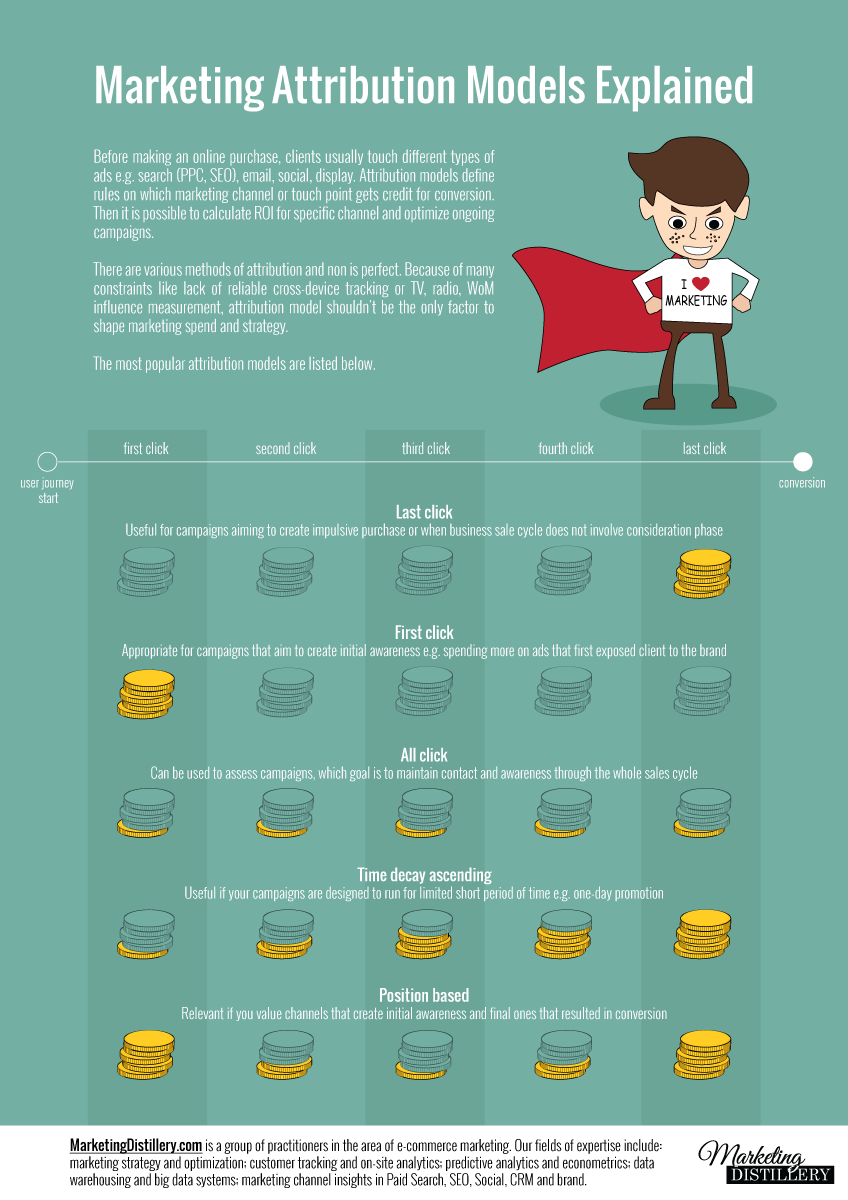It’s been a long time since I’ve written about social media but I thought in light of the topic, I would post my thoughts on the importance of a Social Media strategy on social media…to be more specific, on LinkedIn…so go ahead and jump over to LinkedIn and read my Social Media Strategy post, but be sure to come back to read about Social Media Management!
So now that you’ve read all about my 3 quick tips for how to get a social media strategy going, how do you manage multiple platforms and where do you even begin when it comes to a content strategy? Well, take a look at the below graphic that helps with some of the mystery:

So, as the above shows, the basic steps for social media management are the following:
1. Research & Write
2. Publish Your Content
3. Social Broadcasting
4. Engage & Refer
5. Report & Refine
No WONDER this can be someone’s full time job! Steps 1 & 5 alone are a lot of work, so how do you plan and make the most of your 40 hour work week as a social media manager?
Start a calendar.
Based on your company and what product or solution it offers its customers know when those customers are most interested in your products, perhaps its a seasonal thing, and what exactly they want to know.
Let’s take an easy example and say that you’re in the pool business in the Northeast part of the country, you know that people will begin to open their pool around Memorial Day and close around Labor Day, those are your direct consumers, your B2C scenario. However, from a B2B perspective, you need to be talking to your stores way before then, around March/April, to make sure they have stocked their shelves with the best product they can. During those summer months, you should be sharing not only information about your product/service but also general pool related tips…how to clean & maintain a pool, fun pool games, pool safety, etc! You can recycle the same content just tailor it to each platform and perhaps do a bit of rewording so you can get the same point across.
But how do you come up with something to share? I go back to the calendar. You need to have a plan in advance. If the hope is to make people more aware of your company through social media, then share tips and general information, with a sprinkling of product related postings. On the other hand, if you’re hoping to sell out all of your stock through your online store then post weekly sales through you social media outlets and in between, share good tips on how to clean & maintain a pool.
Now, where the fun begins is if you’re a company like Baquacil who sells their products nation wide. They haven’t even bothered with social media because they sell through distributors…and I assume hope they’ll do the marketing. But for a company like Baquacil, they would need to be posting year round because in the West, a pool could be open all year. You would need to have a solid content strategy that covered all your bases and helped you meet all of your goals.
Good luck, and happy Memorial Day!
P.S. Here are some additional social media management resources:
Sprout Social – “Sprout Social is a social media management tool created to help businesses find new customers & grow their social media presence.”
5 great tools to consider when managing your social media presence – Sendible sounds amazing for brand management via social!
Hootsuite shares a great social media calendar & some great tips on how to best use your internal resources
 In the last two jobs that I have held we have used both single source attribution and fractional attribution models…without really knowing that what we were doing had a name to it.
In the last two jobs that I have held we have used both single source attribution and fractional attribution models…without really knowing that what we were doing had a name to it.







